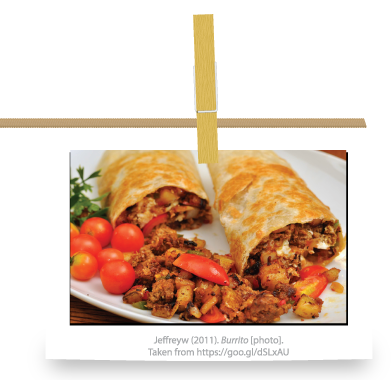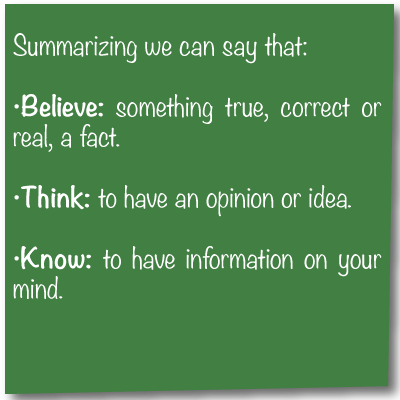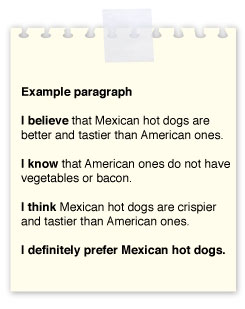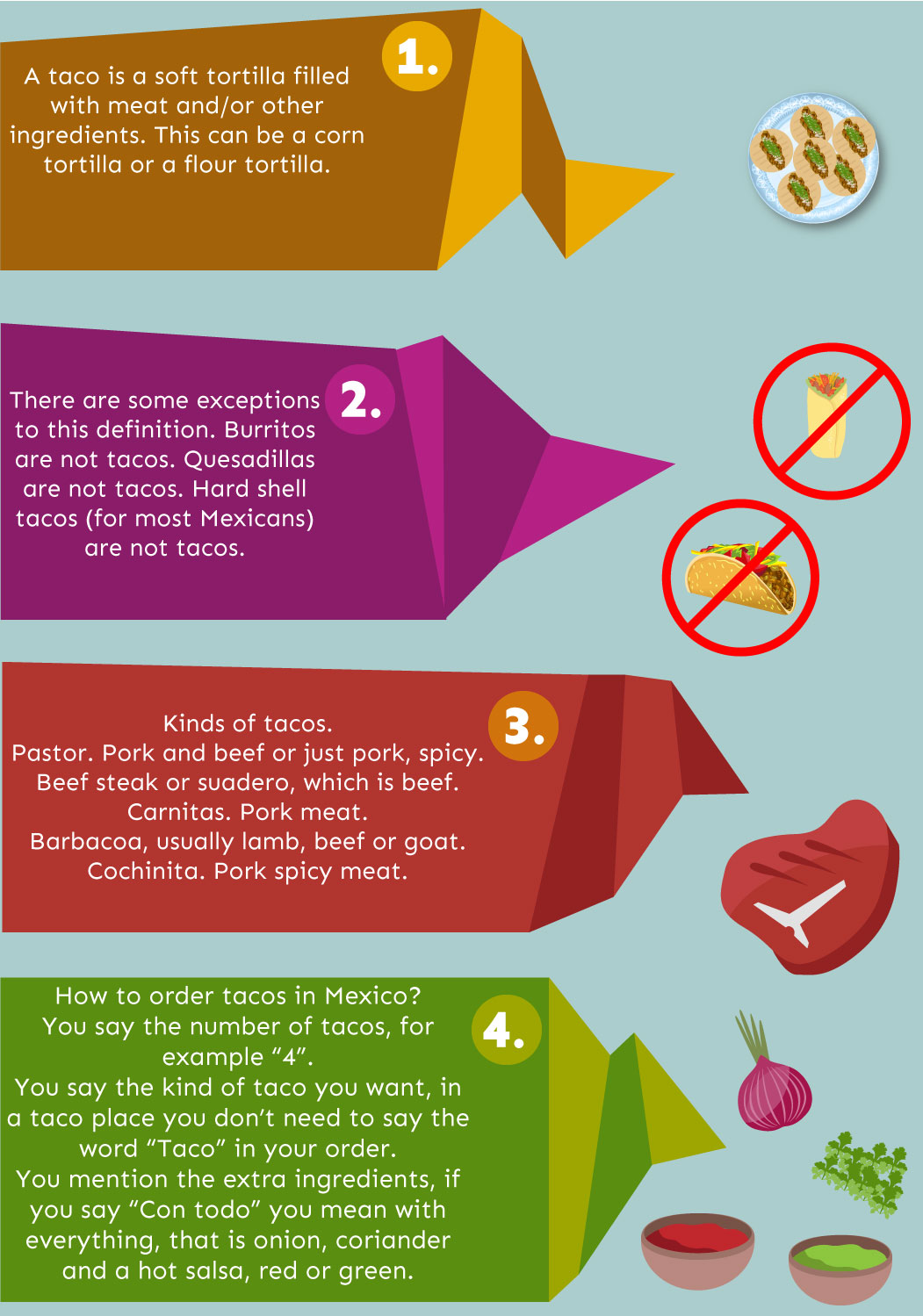



In this topic, you will use three verbs that are useful to express an opinion (Think) the knowledge you own (Know) and your personal belief (Believe).
First, you will understand their meaning. Then you will study these verbs in context. Later you will practice them in cultural scenarios such as eating out habits, American-Mexican way of thinking, compare two different dishes and finally, talking about Halloween and All Saint’s Day celebrations. You will identify and use these three verbs to express personal opinions and beliefs in all the activities.
By the end of this topic, you will:
Use the verbs Believe, Think y Know on cultural aspects in Mexico and English speaking countries, to express opinions and personal beliefs.
Let’s find out!
Click each verb so that you can see the information.

MaxPixel (ND). People [photo].Taken from https://goo.gl/inWvoL
We use the verb Think when we want to express our opinion about something or we have an idea about a concept. For example:
In my opinion, you are polite, it is equal to say I think you are polite.
You can use "think" and "believe" in the same way sometimes, look at this:
I think I'll have a sandwich for lunch
or
I believe I'll have a sandwich for lunch
You use "Believe" when you're saying something based on a fact you heard but you don't want to sound too confident or arrogant. In other words, there's more truth or conviction behind it. You use "think" more when stating you're opinion.
We use “Believe” to express something we consider as true, correct or real. For example: “I believe he is angry”, (maybe the person speaking has seen a man changing the expression on his face or he has heard him shouting).
Believe is really quite a strong word in English. It's also a little formal, and we use it only for religious/philosophical things, or for emphasis. It is also used sort of in a trusting way.
Examples:

Becker, F. (2014). Religion [photo].Taken from https://goo.gl/CUCcrO

Finland (2017). Book [photo].Taken from https://goo.gl/WUrveR
We use “Know” when we want to express information we have in our mind thanks to general experience, general knowledge, academic preparation or talent. For example, I know that the 2nd World War was from 1939 to 1945.
If you are not sure about something, if it's something which can't be known, in English we usually use Think, which is a little uncertain, Believe is very specific.
Examples



Activity 1
Do you know any typical British dish or meal?
Did you know that British people eat Chinese food too?
What’s your favourite Mexican dish?
Let’s read about a food expert’s opinion about Mexican and British people habits when eating out.
After reading the article Eating out in London and Mexico, work on the following activity. When you finish, check your answers.

Activity 2

Ware, A. (2017). Love [photo]. Taken from https://goo.gl/QsqHky
Do you know American people’s opinion about money, bringing up children or love?
What about Mexican people’s opinion?
Do you know the movie “How to be a Latin Lover”?
Listen to a monologue of a Mexican-American woman giving her opinion contrasting American and Mexican ideas about love and marriage.
After listening to the monologue, place the mouse if the phrase belongs to the Mexican or the American people. When you have finished, check your result.

The monologue was written based on Gómez, M. (2014). Diferencias entre Mexicanos y Americanos [electronic publishing]. Retrieved on May 5th, 2017 at https://prezi.com/xqjnqwwhls_p/diferencias-entre-mexicanos-y-americanos/
Click on Activity 2 to answer the exercise.

Activity 3
Do you like Tacos?
Which variety of tacos have you tried?
Which one do you like the most?
Do you know anything about American tacos?
Are they different from the ones in Mexico?
How?

Before doing the next exercise, you will read information about hot dogs in the USA and Mexico. Then, you will read a short text comparing both kinds of hot dogs.

Now, read the following information about the characteristics of both kinds of tacos. Write five sentences comparing them including the phrases: I think, I know, I believe and a little explanation if you can.

The infography was made taking this referent:Pictoline (2017). En el día del taco, una guía de México para el mundo [electronic publishing]. Retrieved on May 8th, 2017 at https://goo.gl/RHC4LF

Activity 4
In this activity, you are going to record what you think, what you know and what you believe about these two celebrations.
To do so, you will need to do some activities first. Write on your notebook some information about the two events. You can search on the Internet if you do not know anything on this topic.
You can guide yourself considering the following facts:

Raysonho. (2013). Pumpkins [photo]. Taken from https://goo.gl/s7gS3P

Coatl 15 (2013). Cempasuchil [photo]. Taken from https://goo.gl/yiIPev
Do You know when are Halloween and All Saint’s Day are celebrated?
Which do you prefer? Why?
Do you know some facts about each celebration?
Can you give your opinion and express yourself about them?
After completing the information write a short paragraph and practice reading it. When you feel ready, record it.
Please be sure that your questions and answers have the characteristics described in the rubrics before recording.
Listen to the following example.
Can you express your personal belief in English? What about your opinion? Can you share what you know?
Read the following sentences. Then choose the correct verb for each one. Go back to the content part if you have questions.